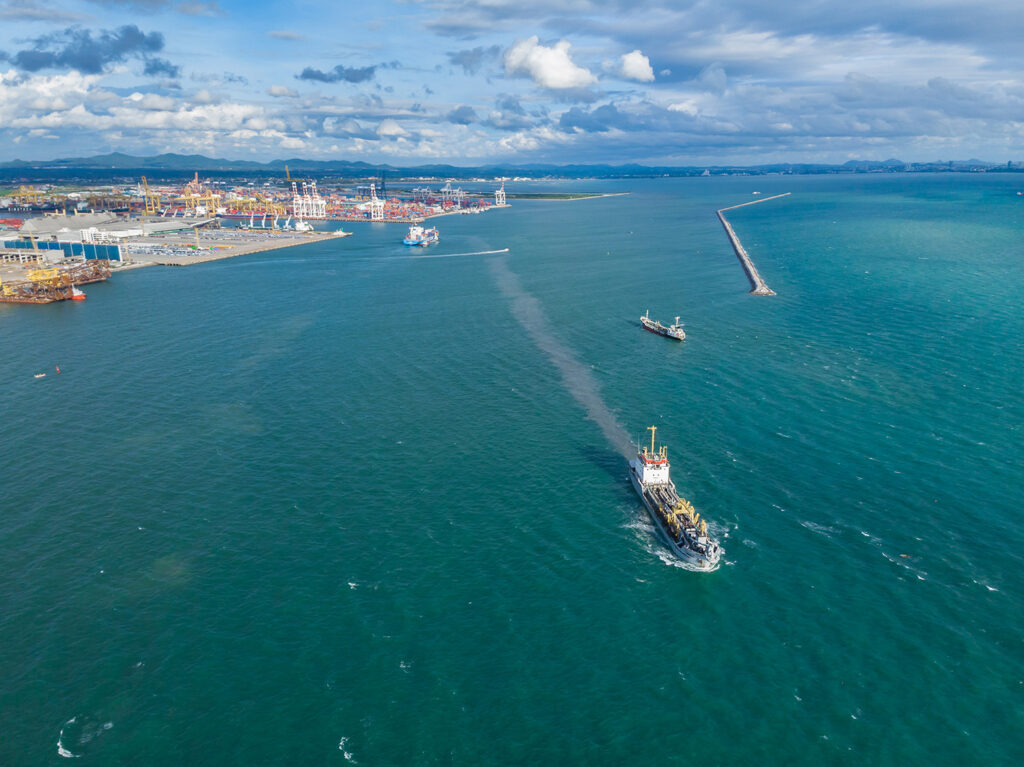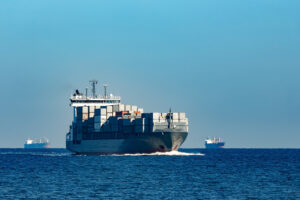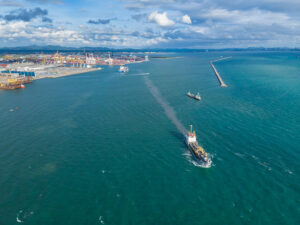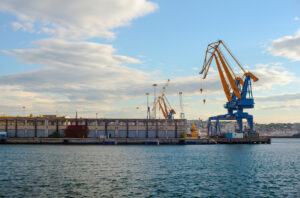What Does “Green Maritime Transport” Really Mean?
In recent years, the concept of green maritime transport has gained traction among logistics companies, exporters, importers, and port operators. But beyond the environmental narrative, the real question is: What is the true impact of sustainable shipping on your logistics costs?
Green maritime transport refers to all practices, technologies, and regulations aimed at reducing the carbon footprint and environmental impact of maritime freight transport. This includes the use of alternative fuels, reduction of pollutant emissions, energy efficiency improvements in ships, and the adoption of technologies that allow for cleaner navigation.
Far from being a passing trend, this is a structural transformation driven by international regulations—such as those from the International Maritime Organization (IMO)—and increasing pressure from consumers and the market to reduce emissions across the supply chain.

Key Green Strategies in Maritime Transport
Green shipping is based on several core strategies:
Use of Alternative Fuels
LNG (Liquefied Natural Gas), green methanol, and even hydrogen are being adopted as alternatives to traditional fuel oil, significantly reducing CO₂ and sulfur oxide emissions.
Slow Steaming (Reduced Speed)
Sailing at lower speeds reduces fuel consumption by up to 30%, although it results in longer transit times.
Energy-Efficient Ships
New hull designs, more efficient propulsion systems, wind-assisted sails, and solar energy systems are improving vessel efficiency.
Port Electrification
Using shore power while docked (cold ironing) cuts down emissions during cargo operations, though it often adds to operational costs.
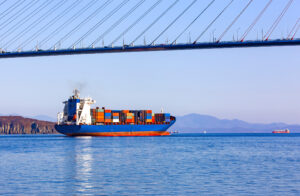
How Green Maritime Shipping Affects Logistics Costs
Adopting green measures comes at a price. Here are the main economic impacts:
- Higher rates and green surcharges: Shipping lines are introducing charges for “low emissions” or “sustainable fuels,” which can significantly raise costs per TEU on major routes.
- CAPEX increase: Building and operating eco-friendly vessels is more expensive, and these costs are typically passed on to customers.
- Longer lead times: Reduced speeds extend delivery times, which may affect inventory management and cash flow.
- Reduced vessel availability: Older ships are being phased out due to new regulations, reducing available capacity and increasing freight volatility.
Impact on Contracts and Commercial Terms
Green logistics also affects contracts and trade conditions:
- Incoterms: With changing logistics costs, companies are re-evaluating their delivery terms. For example, using DDP (Delivered Duty Paid) may become less viable as green transport inflates last-leg delivery prices.
- Insurance adjustments: Longer transit times and rerouting may affect marine insurance premiums.
- Deadlines and risk clauses: Contracts need to be updated to reflect potential delays due to sustainability measures.
Real Business Cases: Adopters and Skeptics
Some companies are already embracing green transport, while others are cautious:
- A Spanish cosmetics exporter to Asia has shifted to cleaner routes, absorbing the extra cost as part of its branding strategy.
- A German electronics importer continues to use conventional shipping, citing tighter delivery windows and production timelines.
Industries with higher margins or ESG-sensitive markets (automotive, luxury, industrial goods) can integrate green logistics more easily. In contrast, sectors like fast fashion or low-margin retail often struggle with the added complexity.
When Is Green Maritime Transport Worth It?
You might consider switching to green shipping if your company:
- Sells premium or high-value products
- Maintains healthy margins
- Serves sustainability-conscious clients (e.g., governments or large corporations)
- Works with stable or predictable logistics cycles
However, it may not yet be suitable if you:
- Compete heavily on price
- Operate in highly time-sensitive supply chains
- Have short planning or delivery windows
A practical compromise is to invest in carbon offset programs while keeping conventional shipping, giving your company a sustainability narrative without immediate cost spikes.
Conclusion: Get Ready Without Losing Profitability
Green maritime transport is no longer optional—it’s an inevitable part of the global logistics landscape. While it can raise costs in the short term, it also offers an opportunity to differentiate your brand, enter new markets, and prepare for stricter environmental regulations.
Companies that proactively review their supply chain strategies and adjust contracts, routes, and partnerships will be better positioned to adapt profitably in this new sustainable trade environment.

